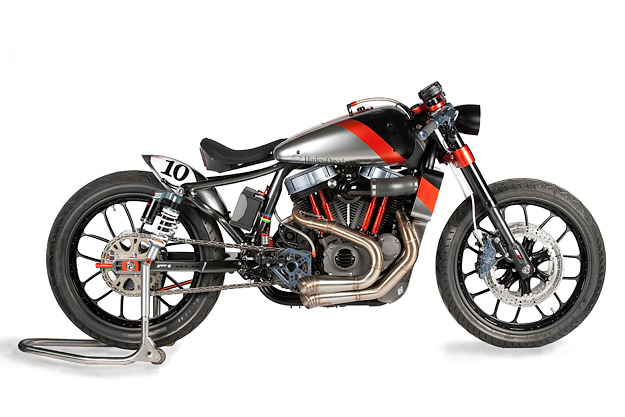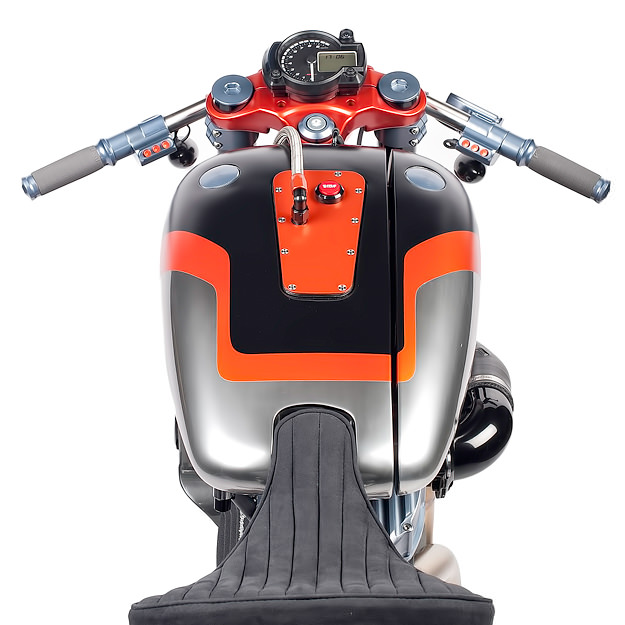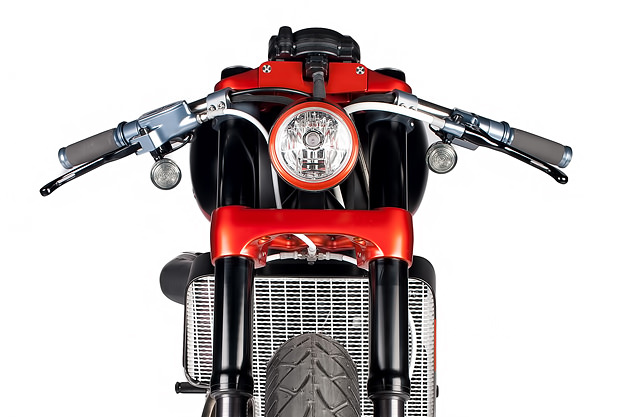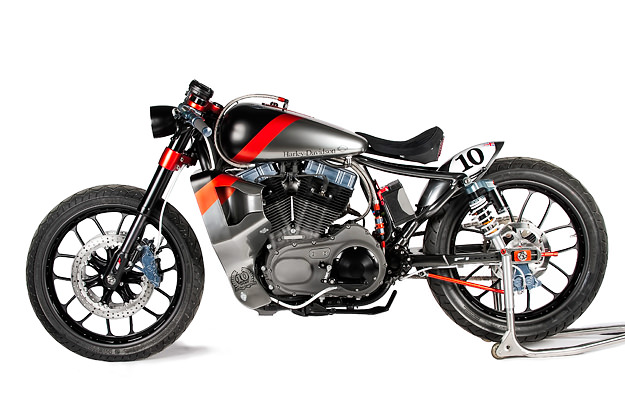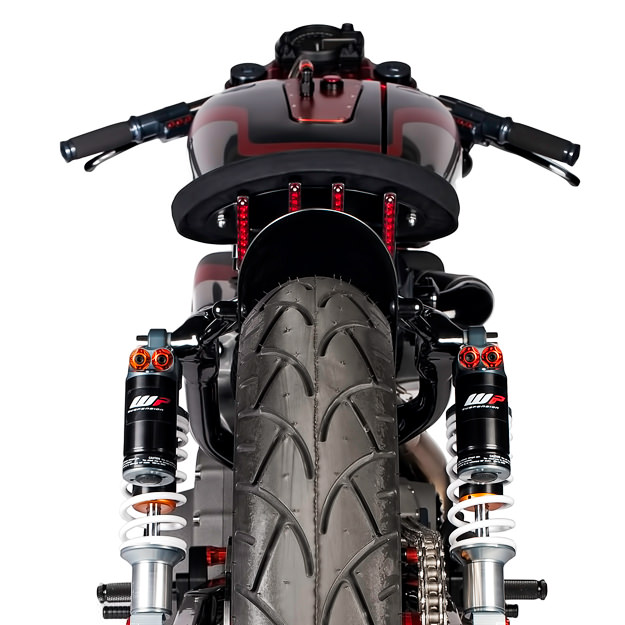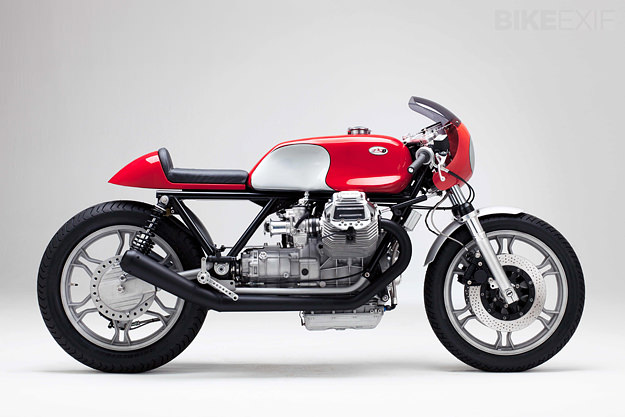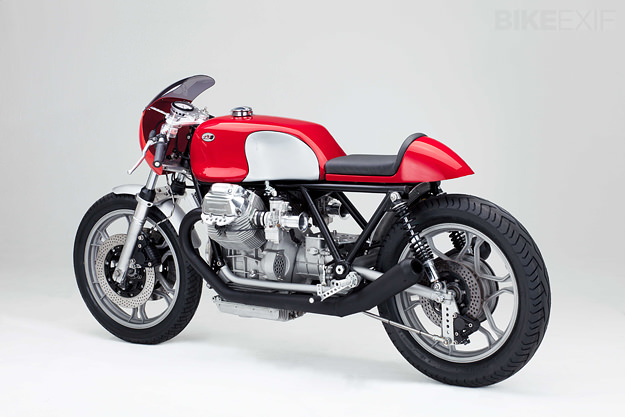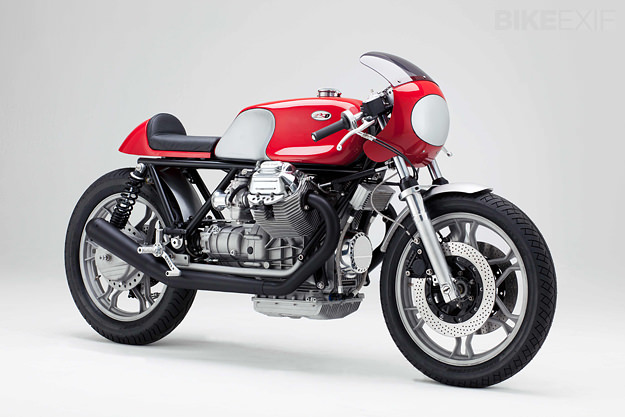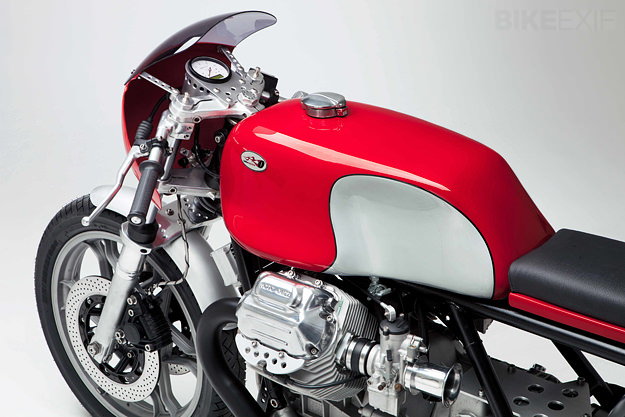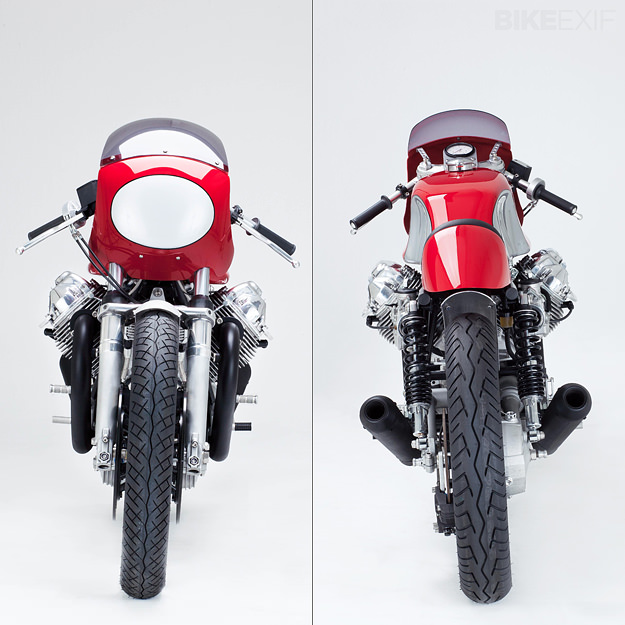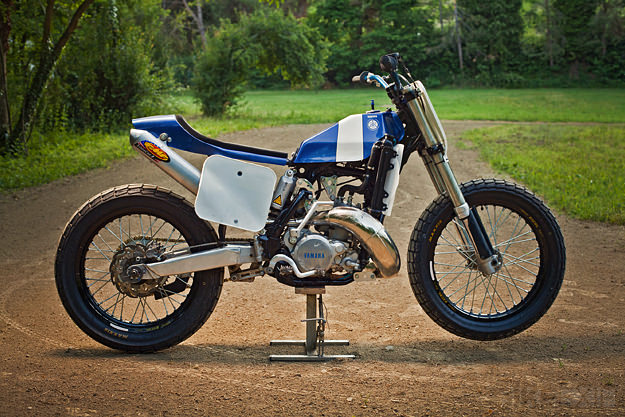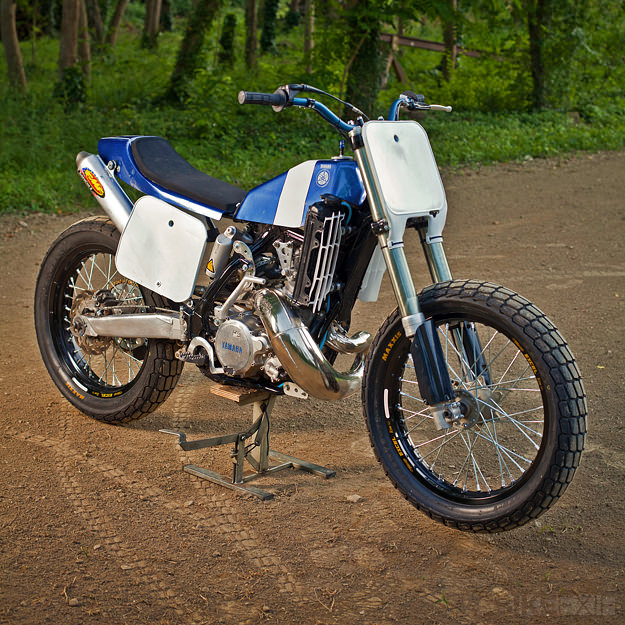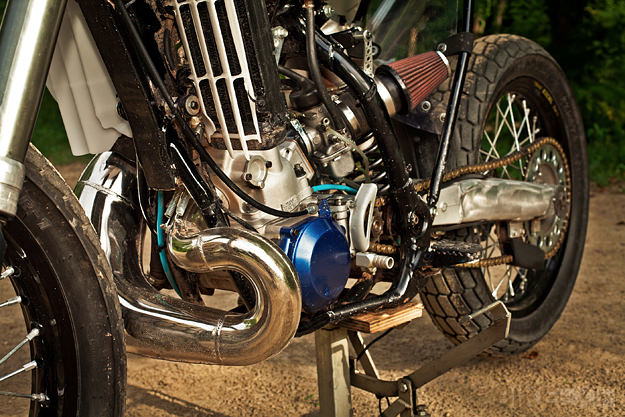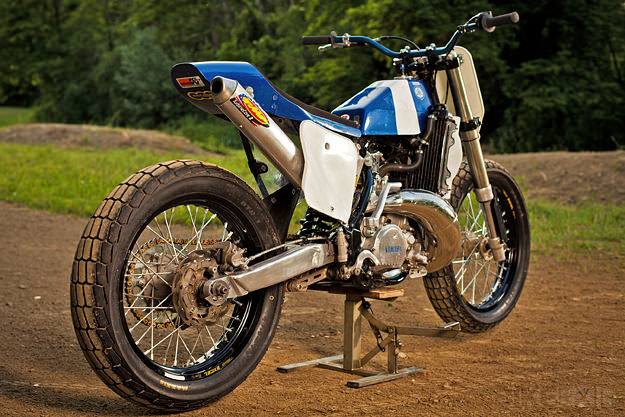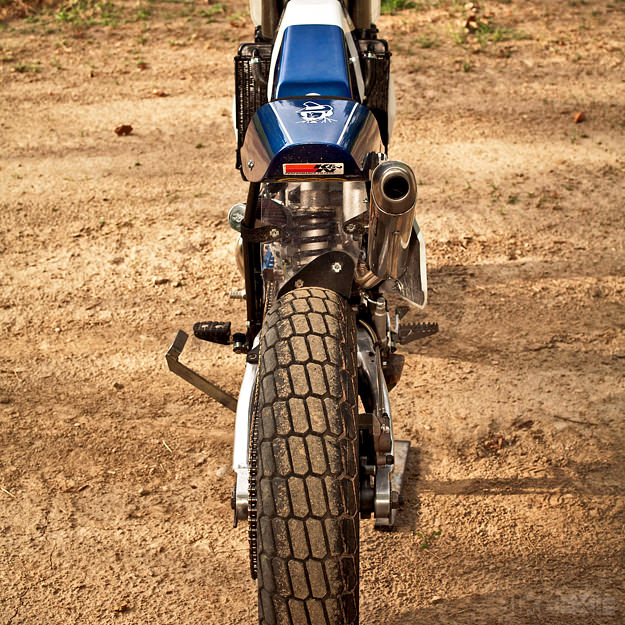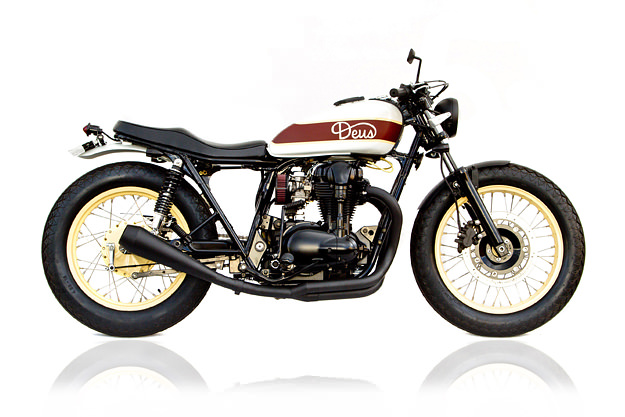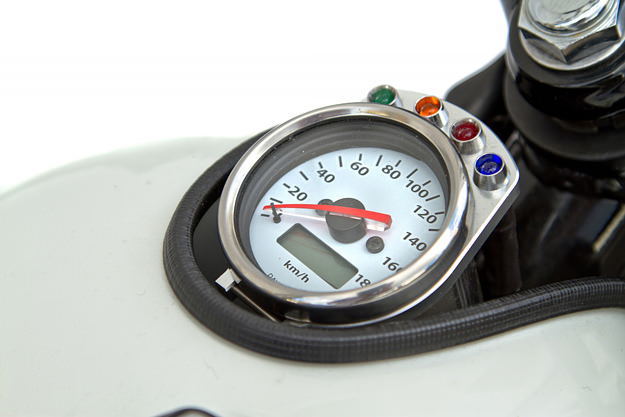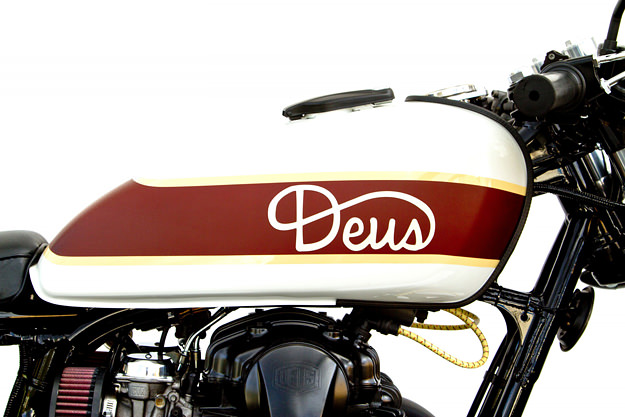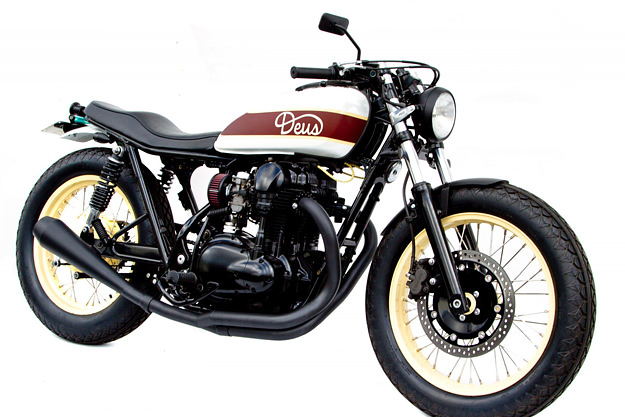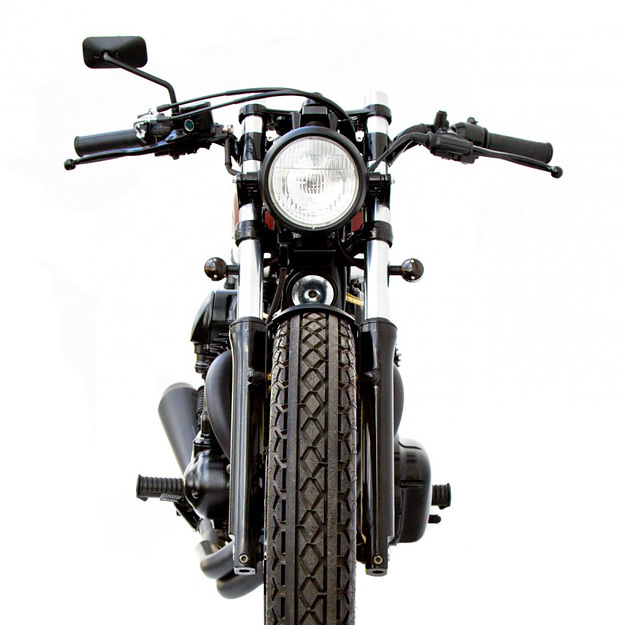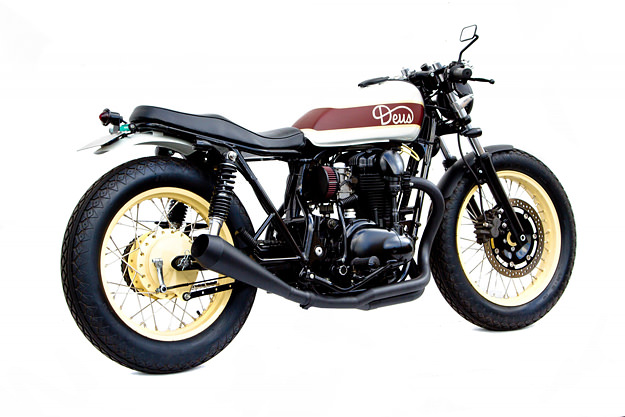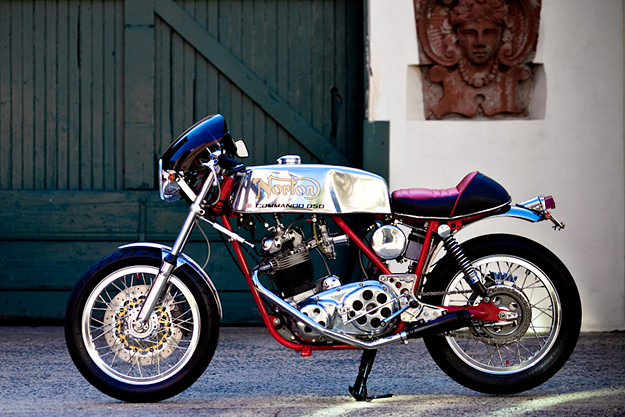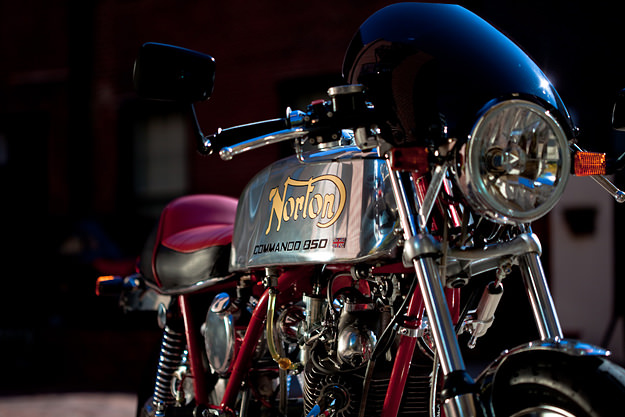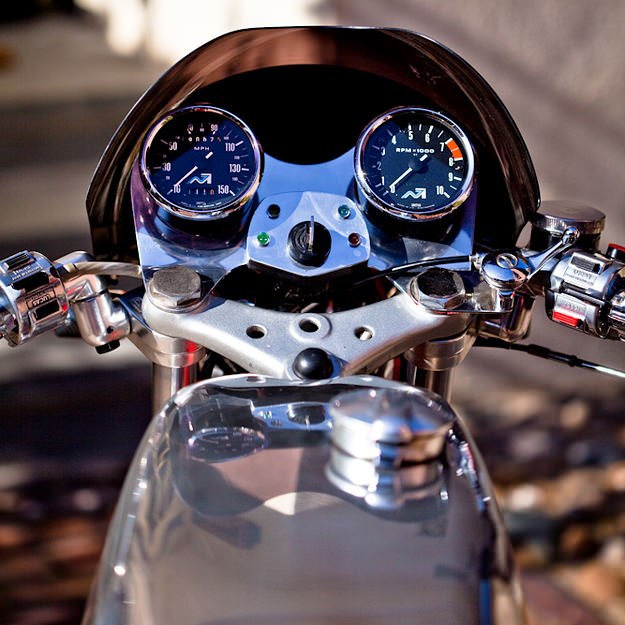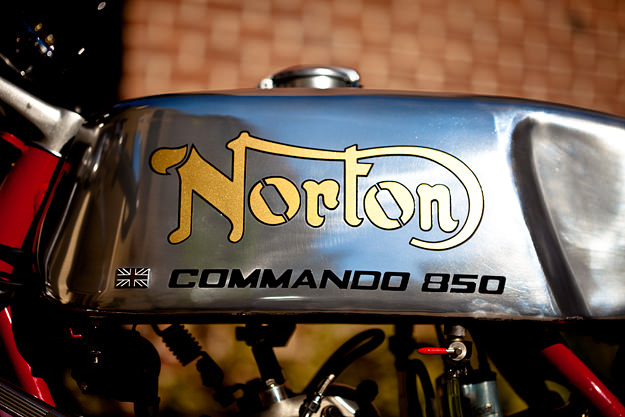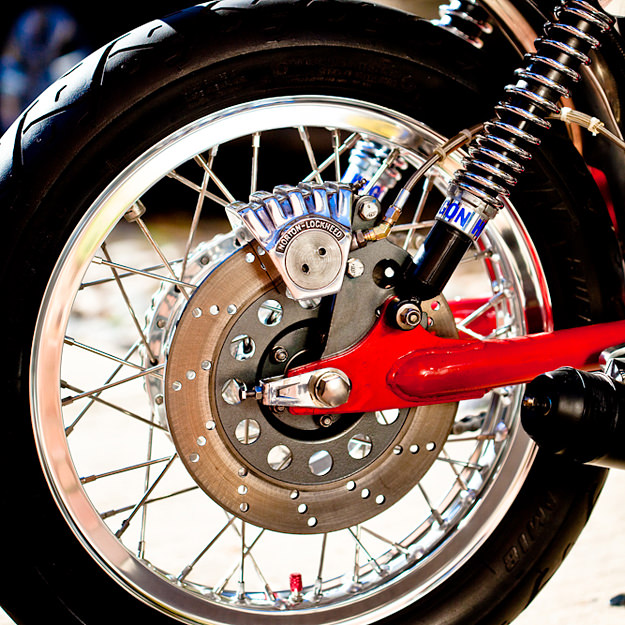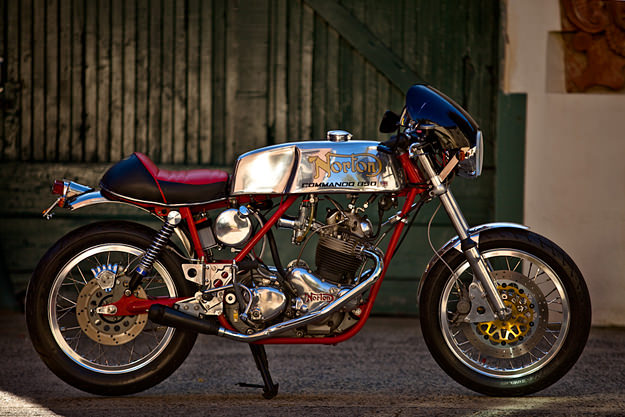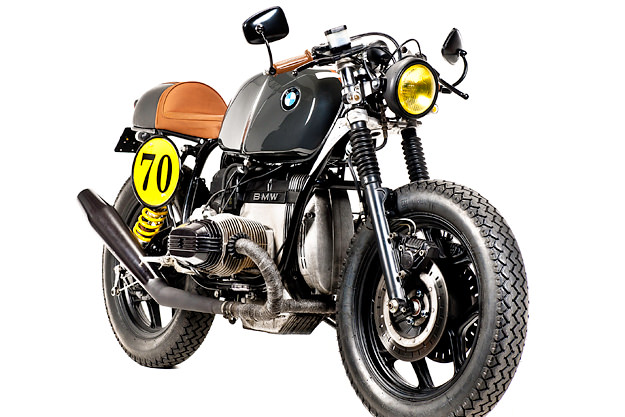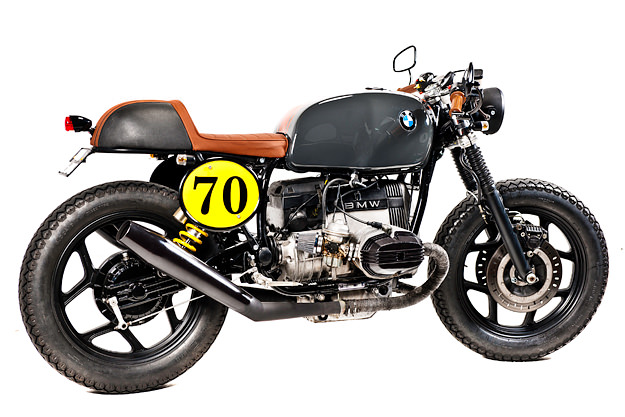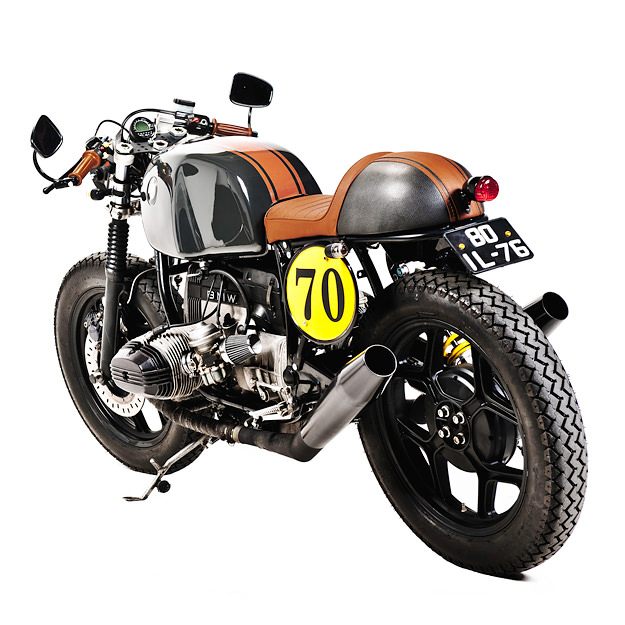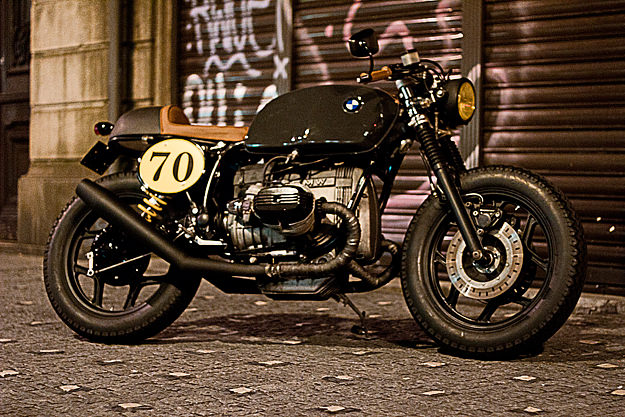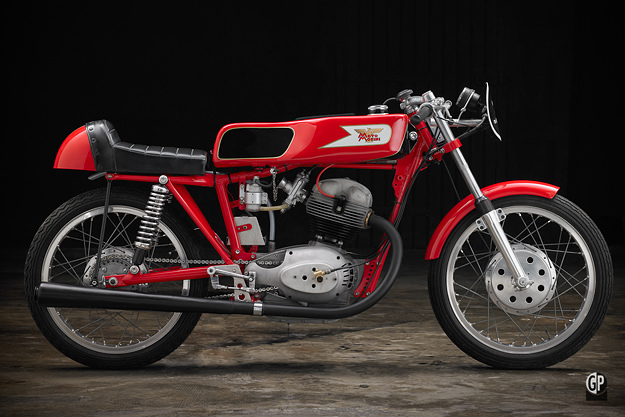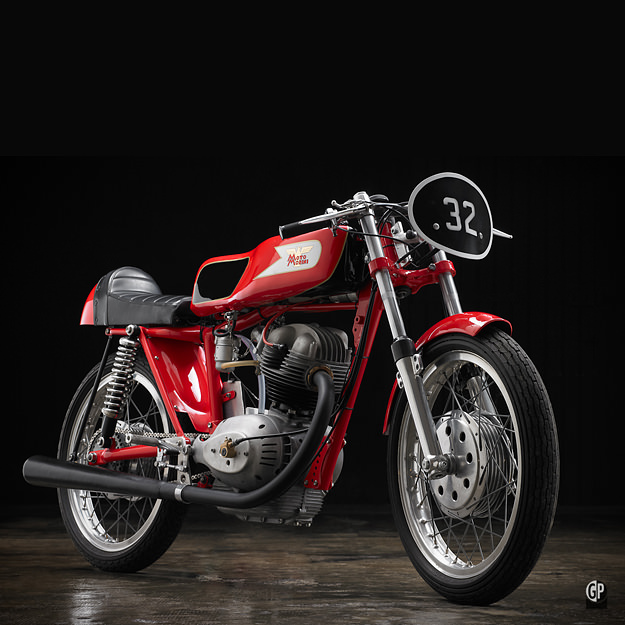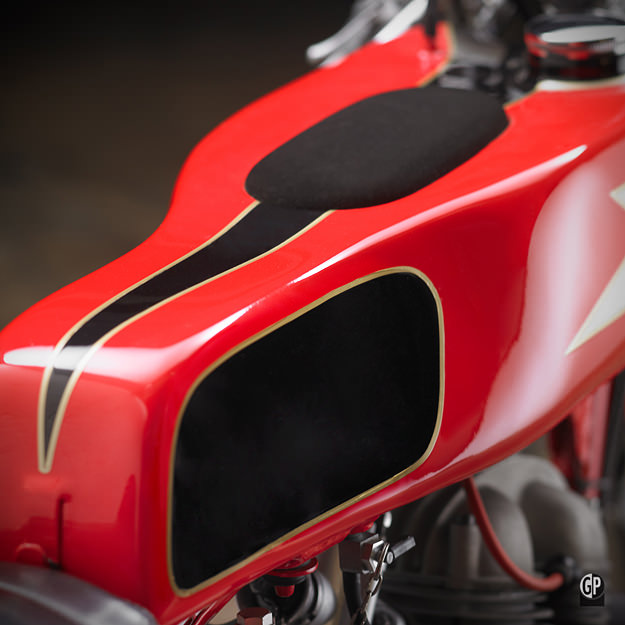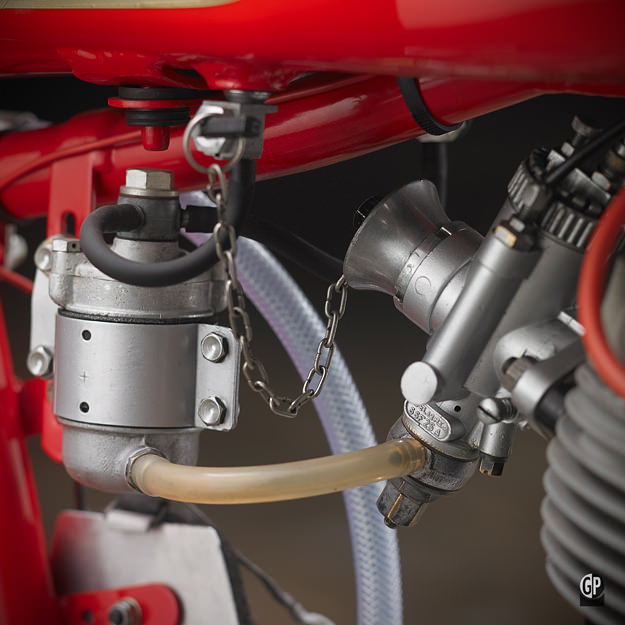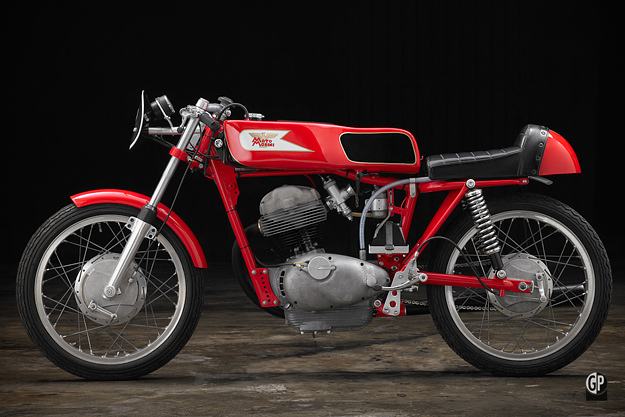Here’s a write up from Steve Giralt, a photographer from Miami, in which he tells photographers that you have to push yourself to be better.
“
There are so many things to do and never enough time to do them. You talk about starting that new personal photography project, about updating your website, or wanting to call those prospective new clients. You know that these things need to be done if you are to succeed and you really want to do them. Yet, more often than not, you decide they can wait until tomorrow.
I’m just as guilty as the next guy. I often scribble down an idea for a shoot, or think about submitting those new images to my stock agency, or doing so many other things that rarely seem to get done. Why is it so hard sometimes to get yourself in gear and get things done? What is it that makes it so easy to put things off until another day?
Trying to start out or move up in photography business is just like trying to start a diet and exercise routine. It’s easy to tell yourself that you are going to start a new routine tomorrow, or next week, or next month. You may even go as far as telling friends that you are going to do it. The reality is that most of the time you never start, or you start out good for a couple weeks but end up back to your old routines before you know it. I’ve been there and done that many times.
I attribute some of my success in the photography business to the fact that I have gained and lost lots or weight in my life. The discipline necessary to lose weight is very similar to the disciple you need as a self-employed photographer. As an example, when I was 20 years old, I lost 60 lbs over a 6 month period by eating a perfect diet and running 5 days a week. I also got straight As in college that semester and moved up the ladder at work. It was an eye-opening experience to a kid who previously hadn’t really understood what having self-confidence meant and who also didn’t really have a clear goal of what he wanted to do when he grew up.
After that experience, I learned that I could do just about anything as long as I made sacrifices and painfully dedicated myself to doing what I set out to do. Yes, I said painfully. If you don’t understand what I mean by painfully, it means with suffering, difficulty, agony, and actual pain. The same kind of painful dedication that triathletes, marathon runners, and so many other athletes know so well. But it’s a pain of love, not the kind of pain that comes when you have to do something you hate doing. It’s a pain that has a great reward.
Scams that promise the ability to lose weight without doing anything difficult are likely to never work. The funny thing is that this doesn’t stop people from trying them. The idea of an easy way out is amazingly appealing to people. The same things goes with people who think that there is such a thing as becoming an overnight success in the photography business. It just doesn’t happen. You make it in this industry by consistently working hard and shooting great work. No workshop, lecture, book, blog, or seminar is going to make you a successful photographer without you putting in the hard work.
There is a difference between being a good photographer and being a successful photographer who runs a great business. I know lots of amazing photographers who are broke. The difficult thing about the photography business is you have to apply yourself just as hard to both the photography and business aspects. If you’re painfully dedicated to just one, that still doesn’t guarantee you anything. Now, if you are truly dedicated to both, then you’re very likely to succeed as long as you’re smart about what it is you’re doing.
The tricky part is knowing what you need to do exactly. I know lots of people who go to the gym religiously for years and still don’t lose any weight. I know lots of photographers who work really hard, but are still waiting for their big break. It’s not just about dedicating yourself to the task at hand, but about being aware of what you should be doing in order to succeed. Are you networking enough, marketing correctly, presenting your work well, shooting enough new work, and running your business right? If you don’t know if you’re doing it right, this is where workshops, books, lectures, blogs, and other things may help.
I find that setting goals is an important step in succeeding in this business. Just as people who want to lose weight set a goal, you need to also set goals for your business. Someone who is 150 lbs overweight, may start with saying they want to lose 20 lbs., then go from there. Same goes for the person who wants to shoot fashion photos for Vogue. Maybe you start with having a goal to shoot for an editorial fashion magazine first, then you’ll continue to work towards your end goal of shooting for Vogue. I find having the dream goal is necessary, but I find setting and achieving the smaller goals to be more important. Sometimes you just need a few successes in order to get the ball rolling.
People talk about doing lots of things. I love when I’m talking to photo assistants who have this great, detailed plan of what they want to do so that they can stop assistant and start shooting full-time. Six months later, I see this same assistant and they are still in the same place and have totally forgotten about the amazing plan they had. The reality is, if they had actually painfully dedicated themselves to accomplishing that plan, they would have a chance at reaching their goal. Talking about doing something great, and actually doing something great are two very different things. Photo talk is cheap!



















